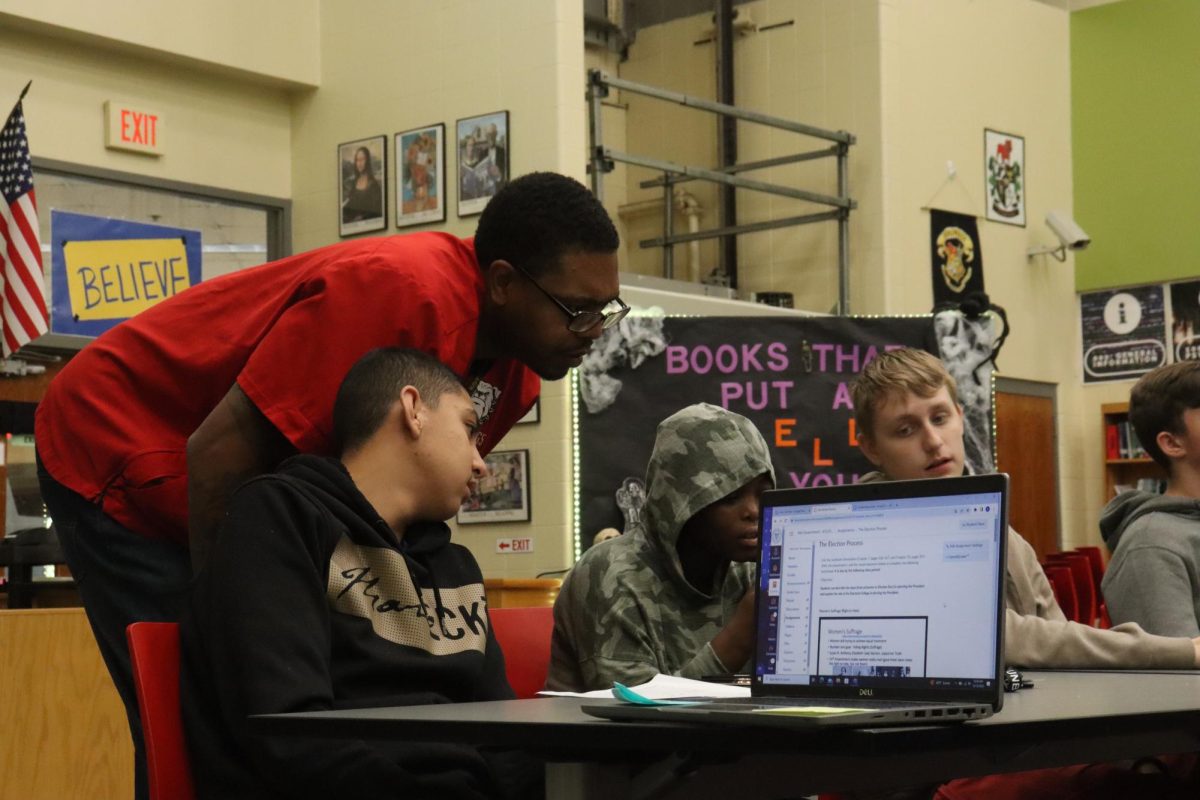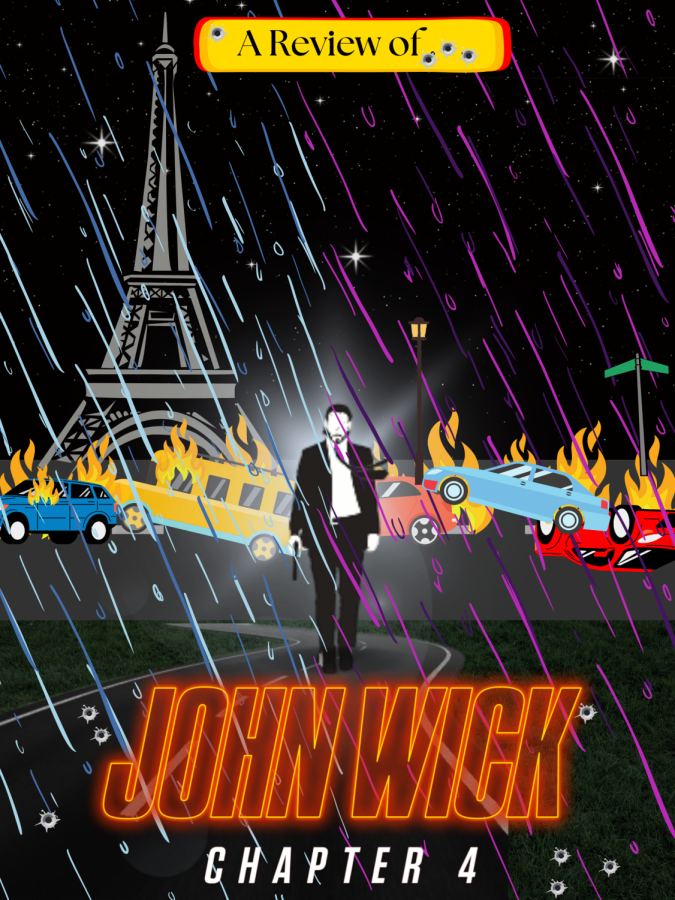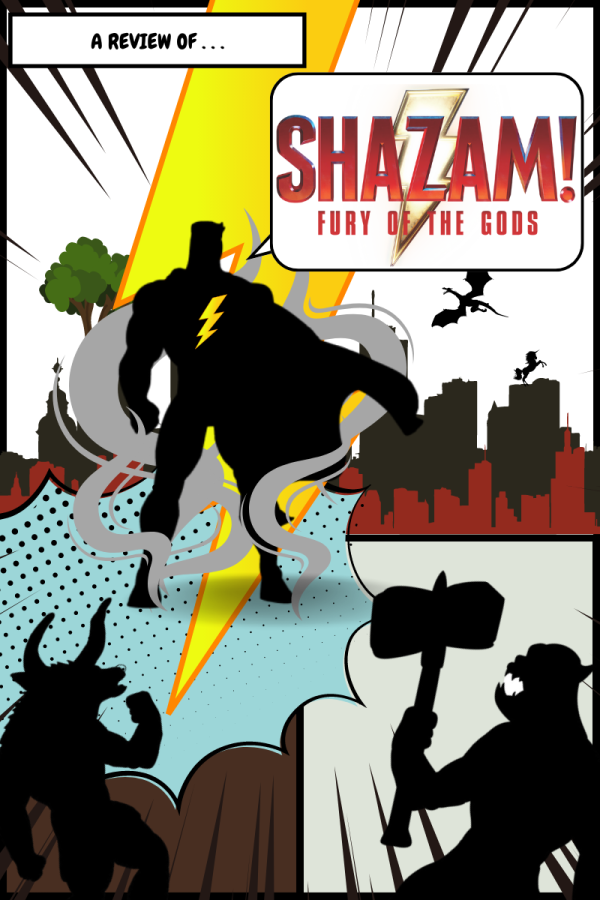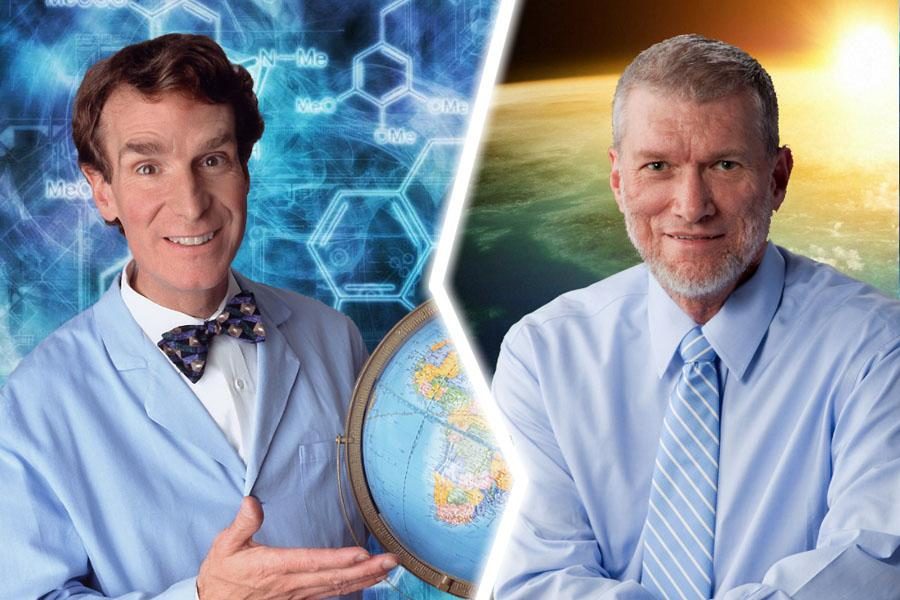Nye and Ham Debate over Science Education
On Feb. 4, a scientist who was integral to the elementary school experience, Bill Nye, travelled to Petersburg, KY, to debate the concept of creationism against the president and CEO of the Creation Museum, Ken Ham. They debated on the question “is creation a viable model of origins in today’s modern scientific world?” The event sold all 900 tickets in less than two minutes during online sales on Jan. 25.
The idea for the debate began one year ago. Last year, Nye posted a video to YouTube claiming that creationism was detrimental to the education of children by ignoring the scientific process, hence limiting student potential.
“I say to the grown-ups, if you want to deny evolution and live in your world, that’s completely inconsistent with everything we observe in the universe. That’s fine, but don’t make your kids do it,” said Nye in the viral video.
He believes that science has proven that the Earth is billions of years old, in contrast to the Creation Museum’s information that claims it has only been around for about 6,000 years.
“If that conflicts with your beliefs, you seriously need to question what you believe,” said Nye in an interview with the Associated Press.
Ham was eager for the debate with Nye, hoping that it would educate students about creationism as a viable theory.
“Having the opportunity to hold a cordial but spirited debate with such a well-known personality who is admired by so many young people will help bring the creation-evolution issue to the attention of many more people,” said Ham.
The debate streamed at 7 p.m. on debatelive.org and YouTube to over 500,000 people. Both Ham and Nye opened with five minute speeches on their viewpoints, followed by 30 minute presentations from each speaker explaining the sources and science behind their differing philosophies.
The first topic addressed by the debaters was the true definition of science. Ham believes the definition of science has been “hijacked.” In his definition, Ham divides science into two categories: observational and historical. Observation science can be witnessed by humans, while historical science can only be assumed from past evidence.
Ham believes that the creation story as told in the book of Genesis in the Old Testament of the Bible is the only viable model of historical science.
“We observe things in the present; we’re assuming that that’s always happened in the past,” said Ham. “There is a difference between what you observe and what happened in the past.”
Countering, Nye proposed that the world views science as a single unit, therefore, he said, the divisions are not relevant to the discussion. Nye also questioned the applicability of creationism to the future. In Nye’s case, science uses information from the present in order to enhance the future.
“What we want in science is an ability to predict,” Nye said.
The debaters placed a heavy focus on the effect of science on the nation. Ham’s debate heavily focused on the effects of only teaching one theory of origin in the public education system. Nye appealed to his fellow Americans by addressing how science impacts the United States economy and political stance on a global scale.
“What keeps the United States ahead, what makes the United States a world leader, is our technology,” said Nye. “If we continue to eschew science, and try to divide science between observational science and historical science, we are not going to move forward, we will not embrace natural laws, we will not make discoveries, we will not invent.”
While Nye and Ham have varying opinions, the difference in the two arguments lies in its analysis.
“Nye and I agree on the evidence; we disagree on how to interpret the evidence,” said Ham.
The debate was a successful presentation of two popular beliefs regarding the Earth’s origins and the creation of humans. While neither Ham nor Nye appeared swayed from their standpoints, the event caused half a million Americans to think critically about the Earth’s history.





















